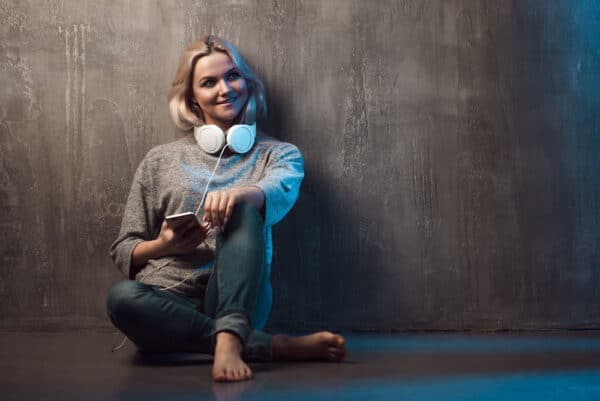Starting a podcast doesn’t have to break the bank! Whether you’re just starting out or looking to level up your setup, there’s a budget-friendly option for you. In fact, podcasting on a budget is easier than you think, and I’m here to show you how I do it without spending a dime.
Starting a podcast doesn’t have to cost a dime. In fact, I’ve been creating my first podcast, Hey Y’all It’s Evelyn, for over a year now using nothing but a free voice recording app on my phone. If you’re new to podcasting, starting with free or low-cost tools is a smart move. It gives you the chance to test the waters and see if podcasting is something you love before committing to more expensive equipment.
Once you’ve found your groove and feel ready to take things to the next level, you can start investing in gear that fits your needs and budget. Whether you’re looking for basic tools to get started or professional-grade equipment to level up, there’s a solution for everyone. Let’s break down the options and find what works best for you!
Free Podcasting Equipment: The Key to Podcasting on a Budget
Believe it or not, you can start podcasting on a budget for free. All you need is a smartphone and a voice recording app. I’ve been using my iPhone to record episodes of Hey Y’all It’s Evelyn, and I didn’t need to invest in any fancy equipment. There are several great free apps available on both iOS and Android, and they offer all the basic features you need to record and save high-quality audio files. Riverside.fm is also an option if you would rather record your podcast on your computer.
Apps like Voice Memos on iPhone or Voice Recorder for Android can turn your phone into a portable podcast studio. If you’re just starting out and don’t want to invest in equipment right away, this is the perfect solution for you. The audio quality from a smartphone mic can be surprisingly good, especially if you’re recording in a quiet environment.
The best part about podcasting on a budget with just your phone is the incredible flexibility it offers. You’re not tied to a fancy setup or a specific location, you can record anywhere, anytime. Got a brilliant idea while you’re on a walk? No problem. Just pull out your phone, open your recording app, and hit record.
Personally, I love recording my podcast in the afternoons while sitting on my porch with a cup of coffee. There’s something so relaxing about sharing my thoughts in the open air, surrounded by nature. Whether you’re at home, out and about, or just enjoying your favorite spot, your phone makes it easy to capture your ideas on the fly.
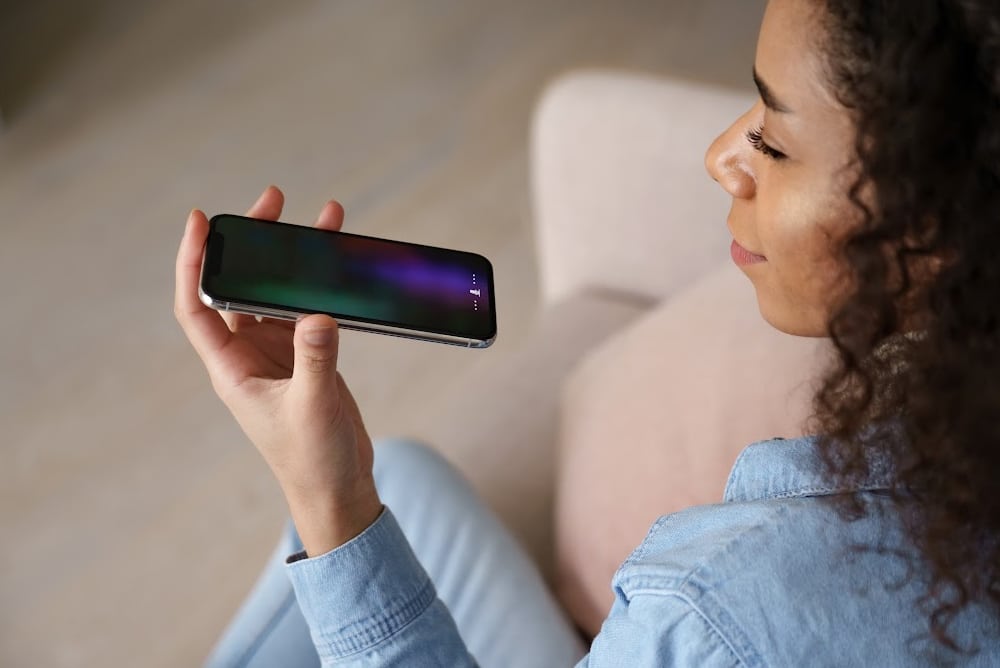
Affordable Equipment: Upgrade Without Breaking the Bank
If you’re ready to enhance your podcasting on a budget setup, there are several low-cost options to improve your audio quality without breaking the bank. Once you’ve recorded a few episodes and decided podcasting is something you enjoy, upgrading your equipment is a great next step.
Start by considering the type of microphone you’d like to use. USB microphones are a popular choice for beginners because they’re affordable, easy to use, and plug directly into your computer. They offer significantly better sound quality than a phone’s built-in mic, making them an excellent option for a budget-friendly upgrade.
Another versatile choice is a lavalier microphone, also known as a lapel mic, which clips onto your clothing and is great for recording on the go or in environments where a stationary setup isn’t ideal. When choosing a mic, consider whether a condenser microphone, which captures detailed audio and is best for quiet, controlled spaces, or a directional mic, which isolates sound from a specific direction, fits your needs better.
Adding a pop filter or a wind screen is another inexpensive way to boost your audio quality. These simple tools, often priced around $10, reduce the harsh “popping” sounds that can occur when pronouncing certain letters, like “P”, “S” and “B.” A pop filter is an easy, budget-friendly upgrade that makes your recordings sound more polished.
Lastly, investing in a basic pair of closed-back headphones can help you monitor your audio more effectively. Even an affordable pair can make a big difference by allowing you to hear subtle audio issues during recording or playback. While high-end headphones are an option down the line, you can find budget-friendly pairs that work perfectly for starting out.
These upgrades can enhance your podcast’s sound quality without stretching your wallet, making it easier to grow your skills while sticking to your podcasting on a budget plan.
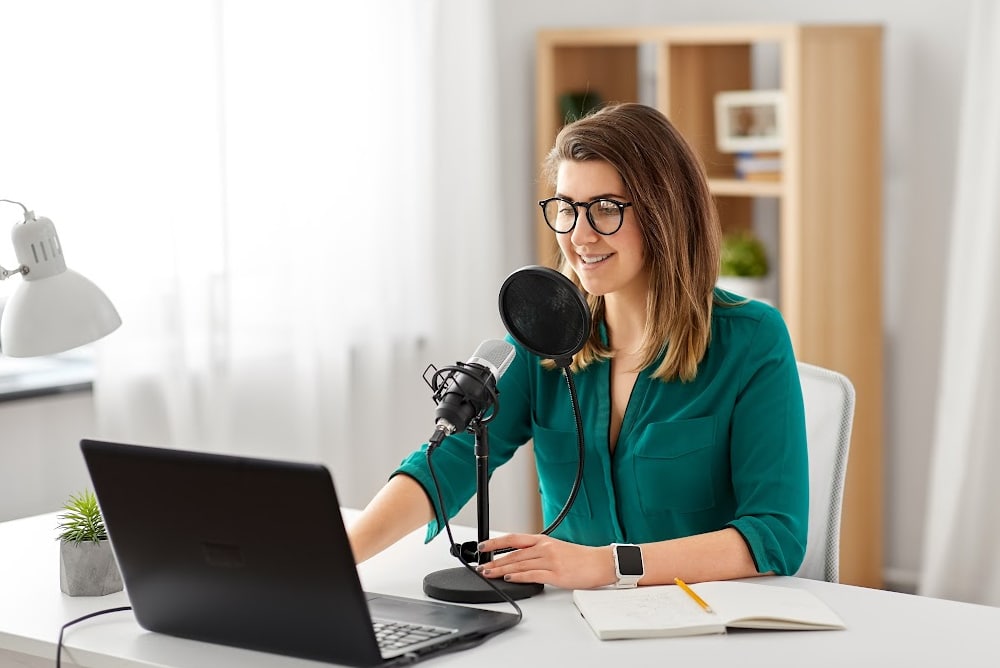
High-End Equipment: Taking Your Podcast to the Next Level
If your budget allows and you’re ready to commit to podcasting, upgrading to professional equipment can significantly enhance your audio quality. Podcasting on a budget doesn’t mean you’re confined to entry-level gear forever—sometimes investing in high-quality tools can save you money in the long run while delivering studio-grade sound.
For those looking to elevate their setup, consider upgrading to an XLR microphone. These microphones are known for their exceptional sound quality and durability, making them a favorite among professional podcasters. To use an XLR mic, you’ll need an audio interface or mixer, which allows you to fine-tune your sound and offers more control over your recordings. This setup is ideal for podcasters ready to invest in a long-term solution.
When selecting headphones, look for models designed for studio monitoring. These headphones are built for extended wear during long recording sessions and provide excellent sound isolation, helping you focus entirely on your podcast. Investing in quality headphones ensures you can accurately hear every detail of your recordings and make precise edits if needed.
To get inspired, consider checking out what equipment your favorite podcasters use. Many podcasters share their setups on social media or in behind-the-scenes content, and their recommendations can be invaluable as you research options that fit your needs and budget.
If you’re podcasting in a less-than-ideal acoustic environment, soundproofing materials can transform your recording space. Options like foam panels, reflection filters, or portable booths can reduce background noise and echo, creating a professional-grade sound. While these investments can be pricier, they’re worth it if you want to take your podcast production to the next level.
With the right gear, you’ll not only improve your audio quality but also gain confidence in your production, making it easier to connect with your audience and grow your podcast.
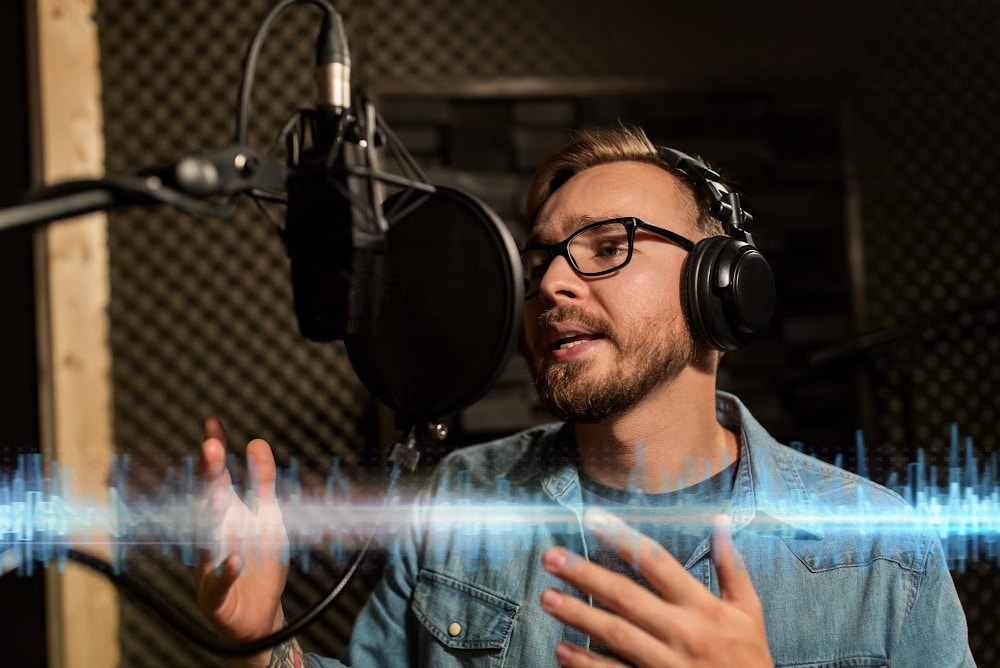
Finding the Right Setup for You
Ultimately, the best equipment for your podcast depends on your budget and your needs. If you’re just starting out and looking to try podcasting on a budget, your phone is a great tool, and free apps can make it easy to record anywhere. As you grow more confident and committed to your podcast, you can upgrade to affordable microphones, headphones, and accessories without breaking the bank.
And if podcasting becomes a serious part of your life, the higher-end options are there when you’re ready to invest. Whether you choose to stick with the free setup or go all-in with professional gear, the key is getting started.
I’ve been podcasting on a budget since day one, and I’m here to tell you that you don’t need expensive equipment to make a great show. All you need is your voice, a few affordable tools, and the passion to share your stories. Don’t wait for the “perfect” setup, start podcasting today and upgrade along the way as you find what works best for you.
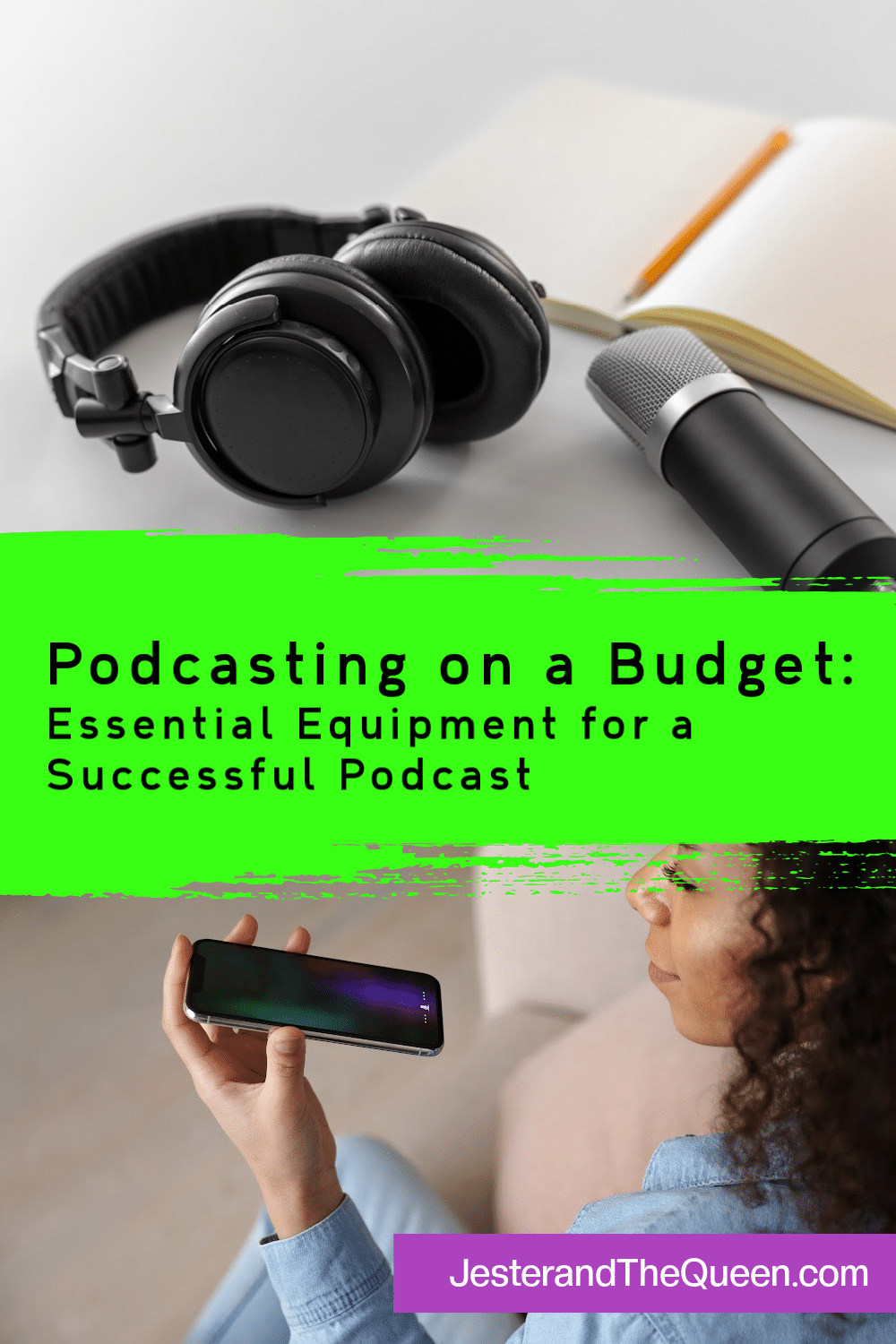
Now that you know how to get started with podcasting on a budget and have explored equipment options that fit any price range, you’re well on your way to creating your own podcast. If you haven’t already, check out the first post in this series to dive into the basics of starting a podcast and choosing your topic. And don’t stop here—make sure to read the next post, where we’ll cover the exciting process of how to actually post your podcast and start building an audience. Your voice deserves to be heard!


